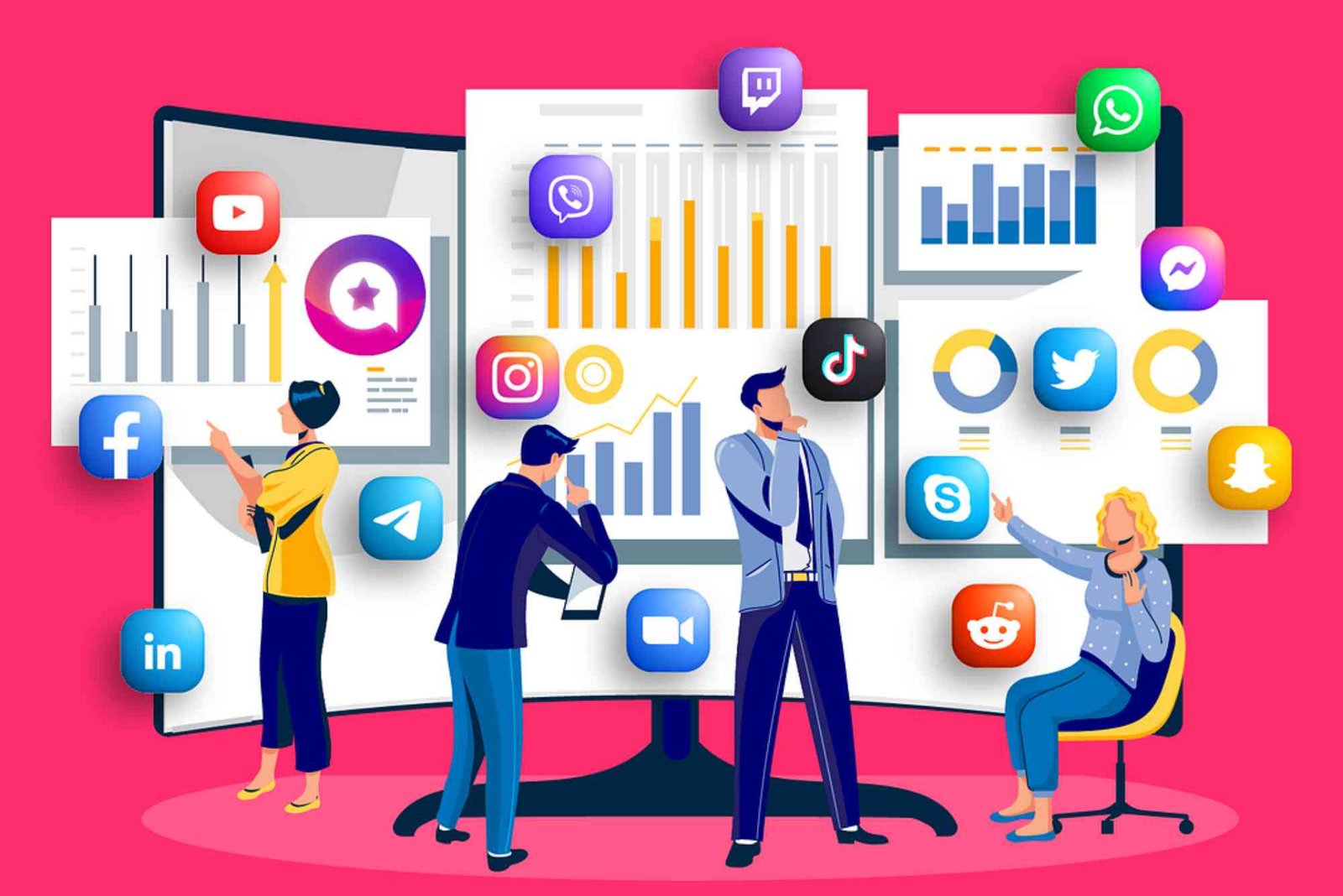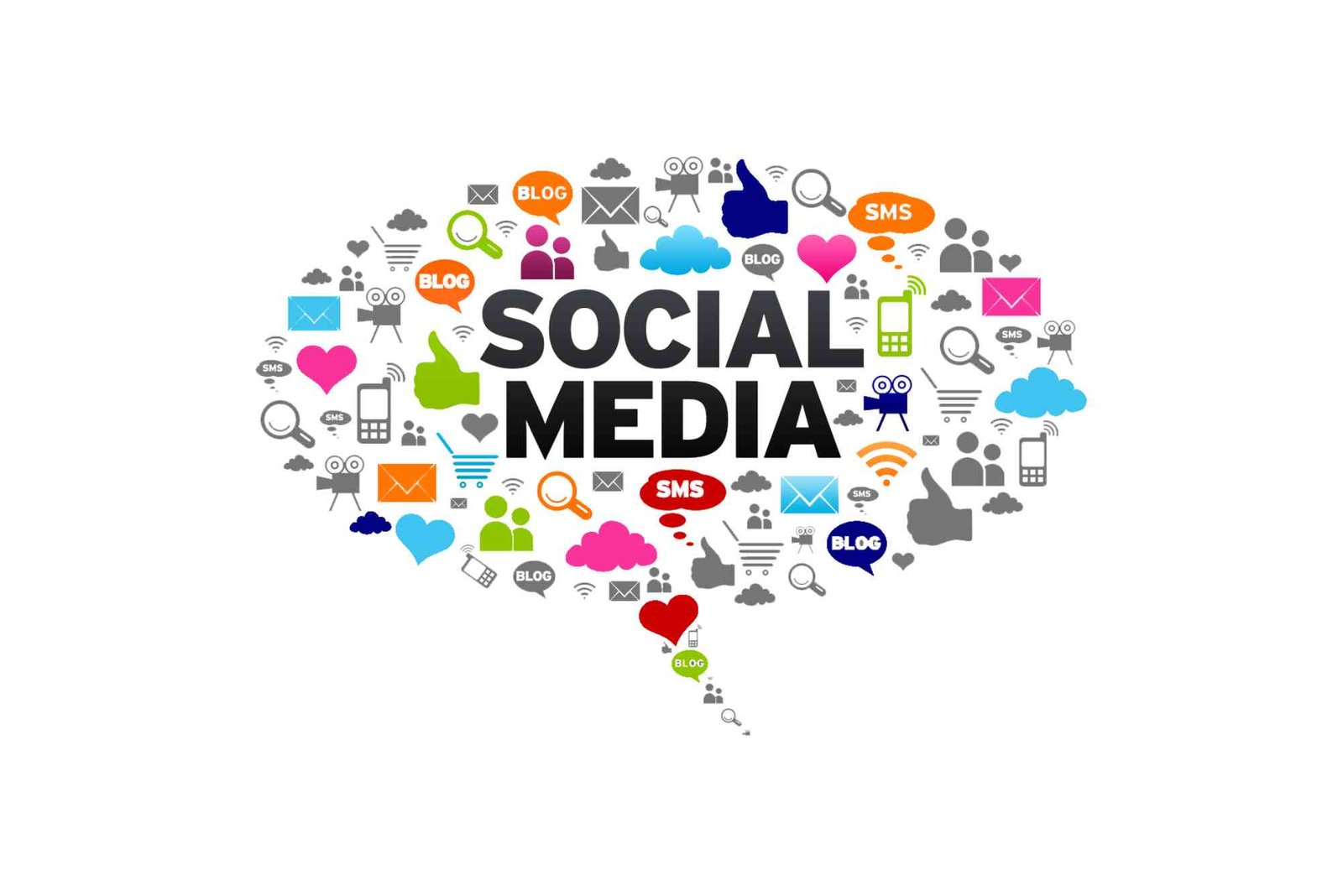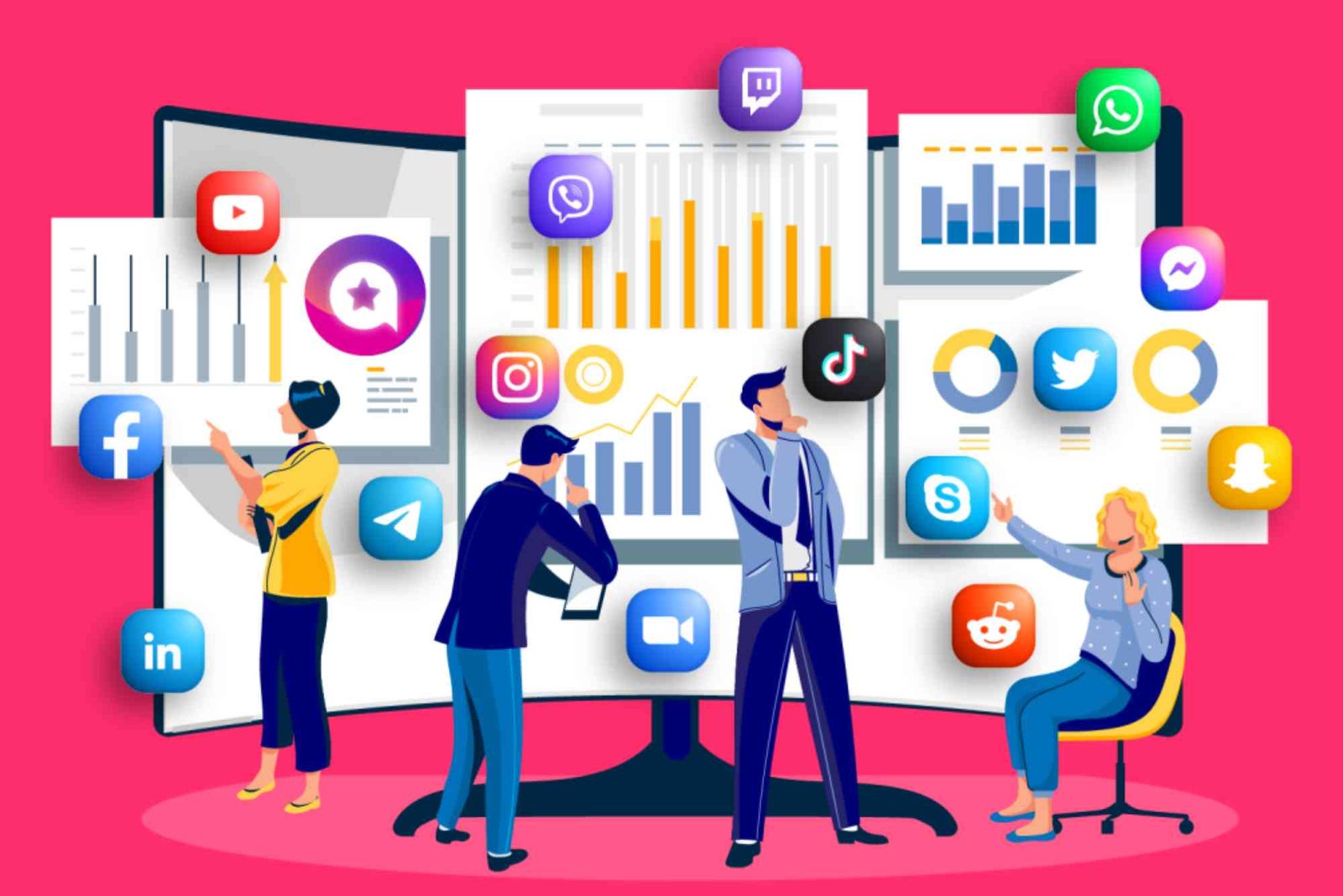Introduction
The digital revolution transformed how we connect, communicate, and consume information. At the heart of this transformation lies social media marketing, a powerful force that reshaped modern advertising and brand engagement. But how did it all begin, and what led to its explosive rise? This article explores the birth and rise of social media marketing, uncovering its origins, evolution, and impact on today’s business world.
The Birth of Social Media Marketing
Before brands started chasing followers and hashtags, the internet was a simple network of information. The late 1990s and early 2000s marked the dawn of social platforms such as Six Degrees, Friendster, and MySpace—pioneers that connected users globally for the first time. Businesses soon realized these platforms could do more than connect people—they could connect consumers and brands.
Early marketers experimented with online communities, forums, and blog networks to reach digital audiences. This was the foundation of what would later become social media marketing—a new way to engage consumers beyond traditional advertising.
If you want to explore the early phase of digital branding, read How Did Social Media Marketing Start to dive deeper into its origins and key milestones.
The Evolution of Social Media Platforms
The launch of Facebook in 2004 marked a turning point. With its clean interface and real-name policy, Facebook made social networking mainstream. Marketers began creating brand pages, posting updates, and engaging with users directly. By 2007, when Facebook introduced Pages and Ads, companies could finally advertise to targeted audiences with unprecedented precision.
Then came Twitter in 2006, changing the game with real-time updates. It gave brands a voice in trending conversations, from product launches to cultural movements. YouTube (2005) introduced video storytelling, helping brands share authentic, visual content. These platforms didn’t just promote products—they built communities.
As social networks evolved, so did marketing strategies. Brands moved from static banner ads to interactive content, influencer collaborations, and storytelling campaigns designed to humanize their image.
The Rise of Influencer Marketing
By the early 2010s, influencer marketing became one of the fastest-growing trends in social media. Everyday users with niche followings began shaping opinions and consumer behavior. From beauty vloggers to tech reviewers, influencers offered credibility that traditional ads lacked.
Brands realized that trust and relatability drive conversions more effectively than polished slogans. This shift made influencer partnerships an essential pillar of social media marketing. Companies began allocating larger budgets toward creators who could organically connect with audiences.
Key Technological Advancements
The rise of smartphones and mobile internet played a crucial role in expanding social media’s reach. Apps like Instagram (2010) and Snapchat (2011) redefined how users shared their lives, emphasizing visuals and real-time interaction. Businesses adapted quickly, integrating mobile-first strategies and optimizing content for smaller screens.
Artificial intelligence (AI) and analytics tools further transformed marketing. Algorithms now predict user interests, personalize feeds, and measure engagement. Data-driven insights allow marketers to refine campaigns in real time, making every ad dollar count.
The Role of Content in Social Media Marketing
Content remains the lifeblood of social media success. Whether it’s a witty tweet, a viral video, or a powerful story, engaging content captures attention and builds loyalty. Brands that share authentic stories—about their people, values, and customers—create deeper emotional bonds.
Visual storytelling, in particular, dominates the landscape. High-quality photos, short-form videos, and reels are essential for standing out in crowded feeds. Marketers who blend creativity with strategy consistently outperform those who treat social media as a one-way broadcast channel.
The Data-Driven Revolution
Social media platforms introduced sophisticated analytics tools that changed how marketing results were measured. Marketers could now track engagement, impressions, conversions, and ROI with precision. This transparency encouraged smarter budget allocation and performance-based advertising.
Social media advertising platforms—like Meta Ads Manager, LinkedIn Campaign Manager, and TikTok for Business—offer granular targeting based on behavior, interests, and demographics. This data-driven approach allows brands to reach the right audience at the right time.
For example, small businesses can promote local services directly to potential customers in their city, while global brands can run campaigns across continents. Such flexibility and precision are what make social media marketing indispensable today.
The Human Side of Marketing
Modern marketing isn’t just about products—it’s about people. Consumers expect authenticity, responsiveness, and empathy from brands. Social media allows real-time communication, turning customers into communities and transactions into relationships.
Customer service through direct messaging, public responses to feedback, and transparent storytelling are now central to a brand’s reputation. Businesses that listen and adapt thrive, while those ignoring audience sentiment risk losing trust.
Challenges and Ethical Considerations
Despite its power, social media marketing isn’t without challenges. Privacy concerns, misinformation, and algorithm dependency have created ethical dilemmas for brands and platforms alike. Marketers must balance personalization with privacy, ensuring data use is transparent and responsible.
Moreover, with algorithm updates constantly changing visibility, brands must prioritize authentic engagement over artificial metrics. Ethical advertising practices, inclusivity, and respect for user trust define the next phase of responsible digital marketing.
Global Impact and Business Growth
The rise of social media marketing democratized advertising. Startups and small businesses gained access to global audiences without massive budgets. Through clever campaigns and storytelling, many local brands achieved international recognition.
Social media also enabled real-time market research. Companies analyze user behavior, feedback, and trends to adapt their offerings. This constant feedback loop makes businesses more agile and customer-centric.
For instance, e-commerce brands now rely heavily on user-generated content to validate quality and build credibility. A single viral post can transform a small business overnight.
To explore another example of how marketing evolves in different industries, check this Related Marketing & Advertising article that highlights growth strategies in niche markets.
Future Trends in Social Media Marketing
The future of social media marketing is intertwined with technology. Artificial intelligence will continue to refine personalization, while augmented reality (AR) and virtual reality (VR) will bring immersive shopping experiences.
Voice search, AI chatbots, and interactive ads will make engagement more seamless and intuitive. Brands investing in authentic storytelling and data ethics will lead the next generation of digital marketing.
Emerging platforms like Threads, BeReal, and decentralized social apps also signal a shift toward privacy-conscious, community-based interaction. Adaptability and innovation will be key to staying relevant in this fast-changing ecosystem.
The Continued Rise of Social Media Marketing
From humble beginnings in online chatrooms to multi-billion-dollar campaigns, the birth and rise of social media marketing tell a story of innovation, connection, and evolution. It’s no longer just about selling—it’s about storytelling, empathy, and trust.
Every brand, big or small, now has a voice. And with the right strategy, creativity, and consistency, that voice can reach millions across the globe.
If you’re inspired to explore how social media can transform your business strategy, Learn more about modern marketing tools and digital trends that drive results.
FAQs
What is the main purpose of social media marketing?
The main goal is to build brand awareness, engage audiences, and drive conversions through online platforms.
How did social media marketing become popular?
It gained popularity as social platforms evolved into spaces where brands could directly engage with consumers and advertise efficiently.
Which social media platform is best for marketing?
It depends on the target audience. Instagram and TikTok work well for visual content, while LinkedIn is ideal for B2B marketing.
How do small businesses benefit from social media marketing?
Small businesses can reach new audiences, increase visibility, and build customer relationships at low cost.
What will shape the future of social media marketing?
AI, AR, and data-driven personalization will play major roles in shaping future strategies and audience engagement.











